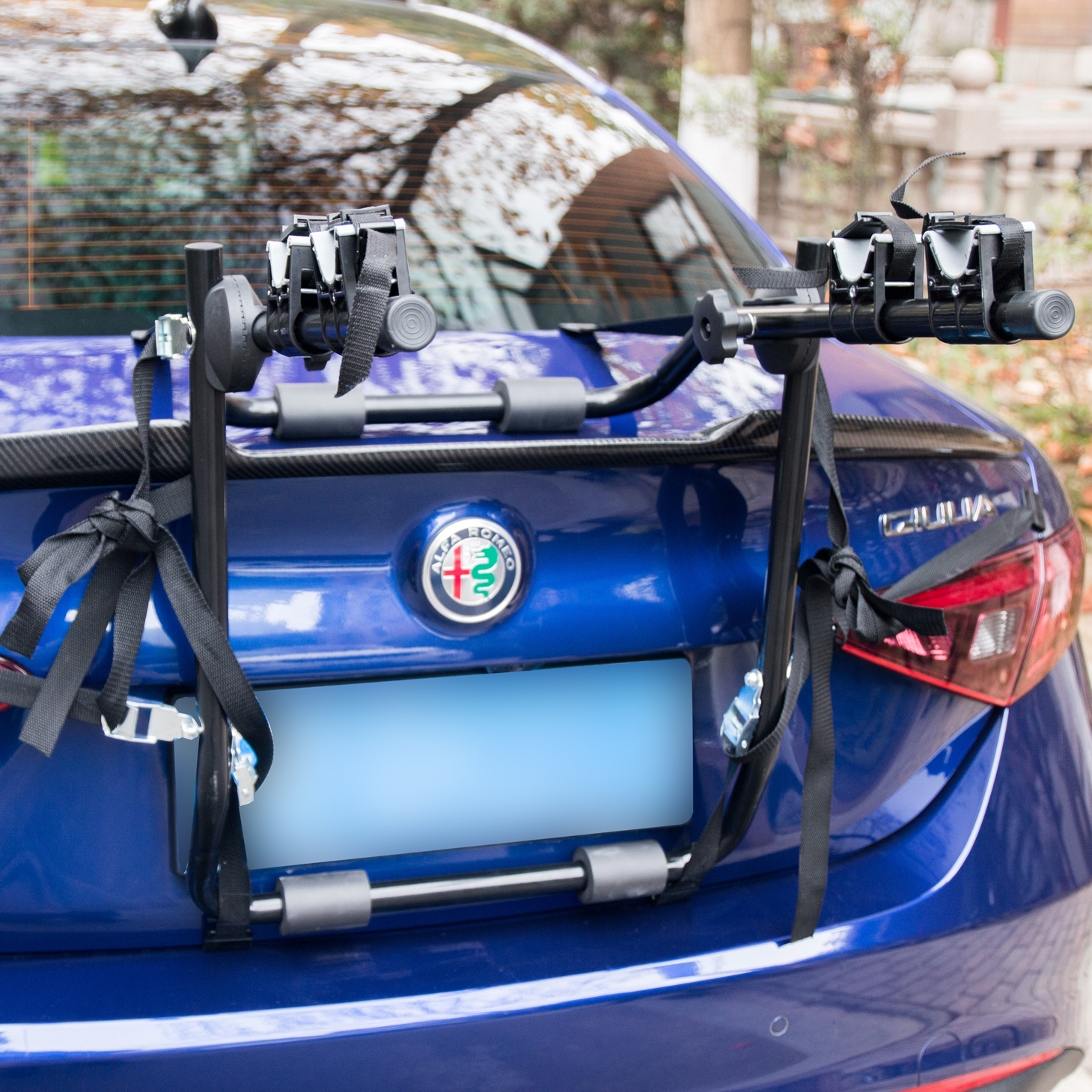- All
- Product Name
- Product Keyword
- Product Model
- Product Summary
- Product Description
- Multi Field Search
Views: 0 Author: Site Editor Publish Time: 2025-03-18 Origin: Site








Did you know that over 60% of cyclists struggle with safely transporting their bikes to trails or travel destinations? Carrying bikes inside a car is inconvenient—scratched interiors, limited space, and tangled frames can ruin your trip. What if you had a secure, hassle-free solution? A hitch bike rack is the perfect answer! This guide walks you through the best way to install a hitch bike rack, ensuring a quick and secure setup every time.
Before purchasing a hitch bike rack, confirm that your vehicle has a compatible hitch receiver.
Determine your hitch class:
Class 1 & 2 (1.25-inch opening) → Suitable for small cars, carrying up to 2 bikes.
Class 3 & 4 (2-inch opening) → Ideal for SUVs/trucks, holding up to 4 bikes.
If your vehicle doesn’t have a hitch receiver, you can install one separately.
Not all racks fit all vehicles! Choose the right bike rack type based on your hitch class and bike weight.
| Feature | Hanging Rack | Platform Rack |
|---|---|---|
| Best for | Road/Hybrid Bikes | E-bikes/Mountain Bikes |
| Capacity | 2-5 bikes | 1-4 bikes |
| Bike Stability | Moderate | High (Secures wheels) |
| Installation Complexity | Easy | Moderate |
Once you have the right rack:
1. Align the rack shank with your vehicle’s hitch receiver.
2. Insert the hitch bolt and tighten with a wrench. Use washers and a cotter pin for extra security.
3. Ensure stability—push and pull the rack to check for movement.
Pro Tip: If you notice excessive wobbling, use an anti-rattle hitch stabilizer to minimize vibrations.
Properly securing your bikes ensures a damage-free and safe journey.
· Place heavier bikes closer to the vehicle for balance.
· Use telescoping clamps or ratcheting straps to fasten bikes securely.
· Ensure no part of the bike touches your vehicle to prevent scratches.
Before hitting the road, double-check:
Are all bolts tightened?
Do bikes feel secure with no excessive movement?
Are tail lights and license plates visible?
If your bikes bounce too much, consider adding an extra stabilizing strap.

Many cyclists debate between hitch, trunk, and roof racks. Here’s why hitch racks are the best choice:
Ease of Use: No heavy lifting required—unlike roof racks.
Bike Protection: Reduces contact with the car, unlike trunk racks that may scratch paint.
Fuel Efficiency: Less drag compared to roof-mounted racks.
Installing a hitch bike rack is quick, secure, and essential for transporting your bikes effortlessly. By following these five simple steps, you’ll ensure a safe and stress-free biking adventure. Ready to explore new trails? Get the hitch bike rack today and start your next ride with confidence!
Most racks come with a hand-tightened knob system, allowing tool-free installation. However, a wrench is recommended for securing the hitch bolt.
Retailers offer discounts before summer (April-May) and end-of-season sales (September-October). Shopping off-season can save you 20-30%!
Yes, many hitch bike racks are designed to accommodate the added weight of electric bikes. Be sure to check the weight capacity of your rack, as electric bikes can be heavier than traditional ones.
